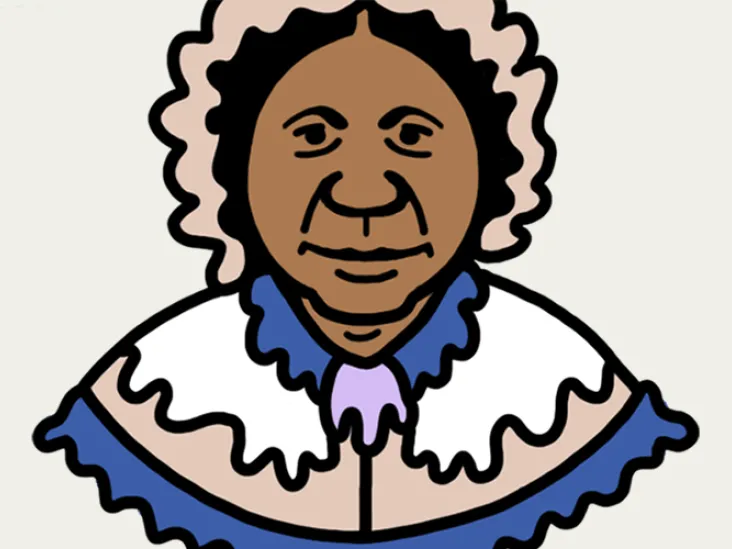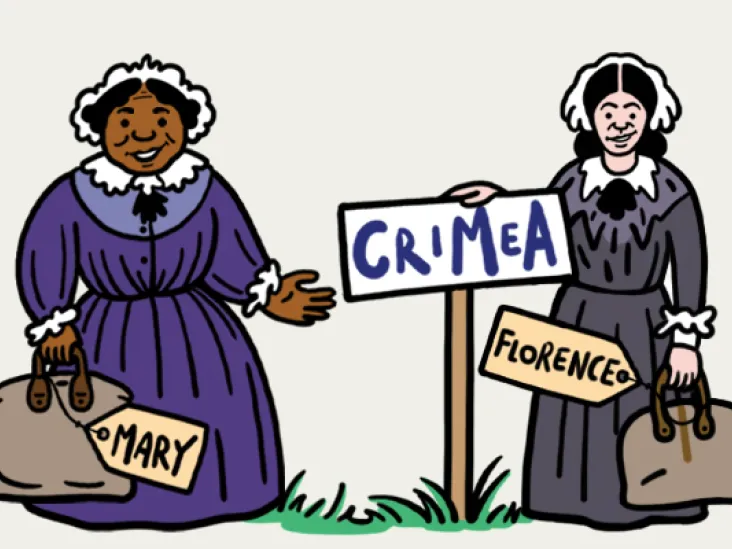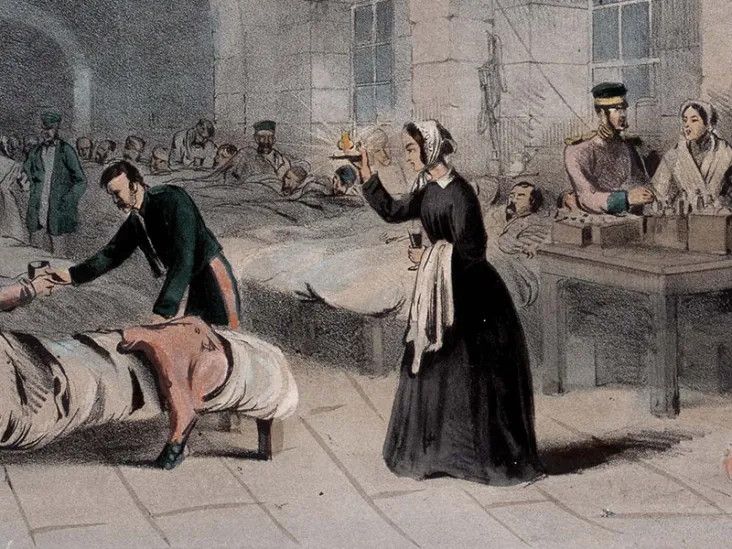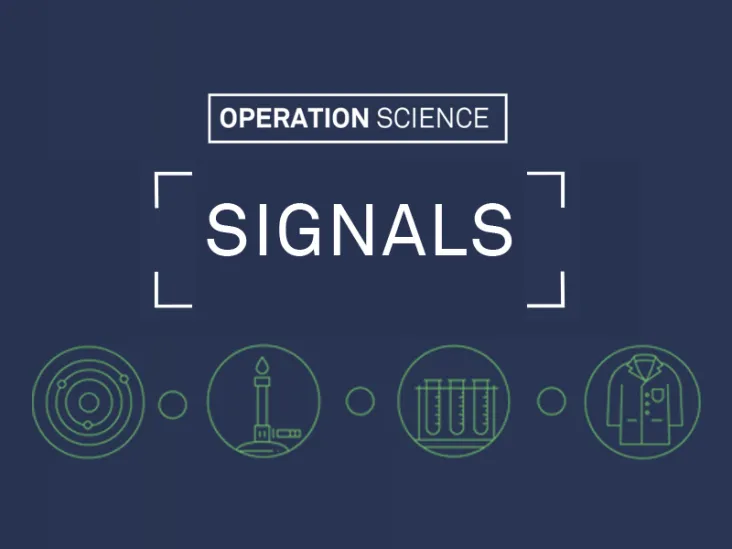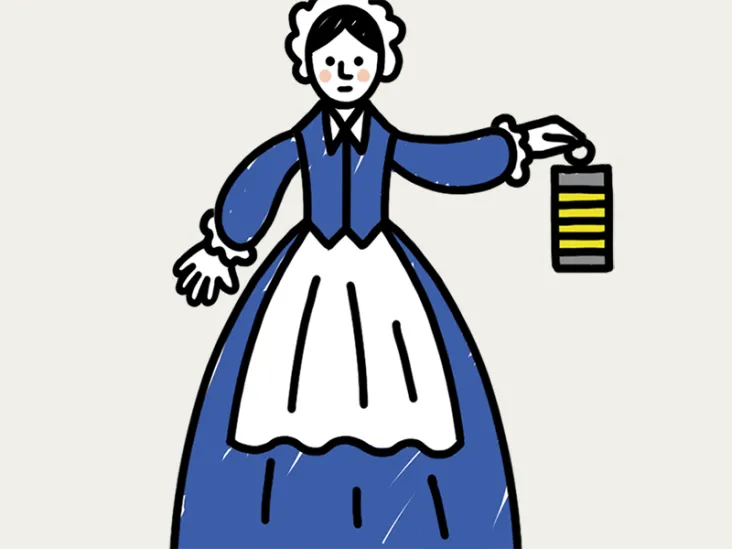1800s
Explore 1800s stories

63rd (West Suffolk) Regiment of Foot
explore this story

96th Regiment of Foot
explore this story

Sandhurst, officers and the role of history
explore this story

The North-West Frontier
explore this story

Regimental medals
explore this story

The West India Regiments
explore this story

A history of the National Army Museum in a dozen donations
explore this story
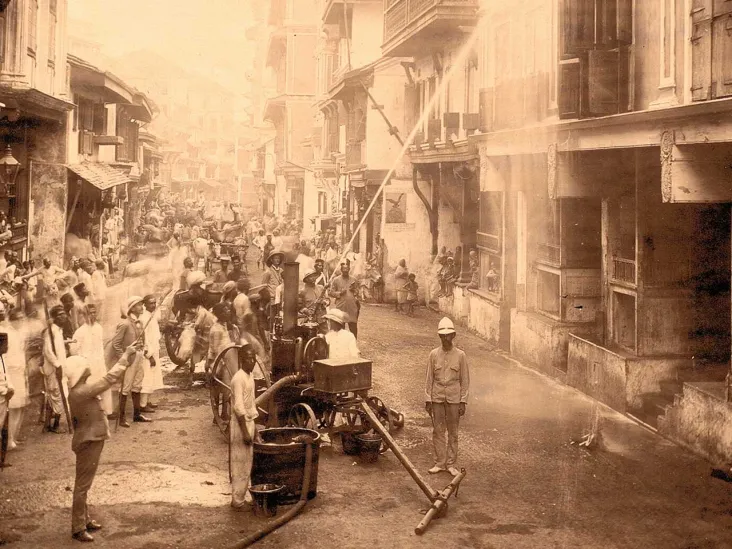
The Bombay plague
explore this story

40th (2nd Somersetshire) Regiment of Foot
explore this story

82nd Regiment of Foot (Prince of Wales’s Volunteers)
explore this story
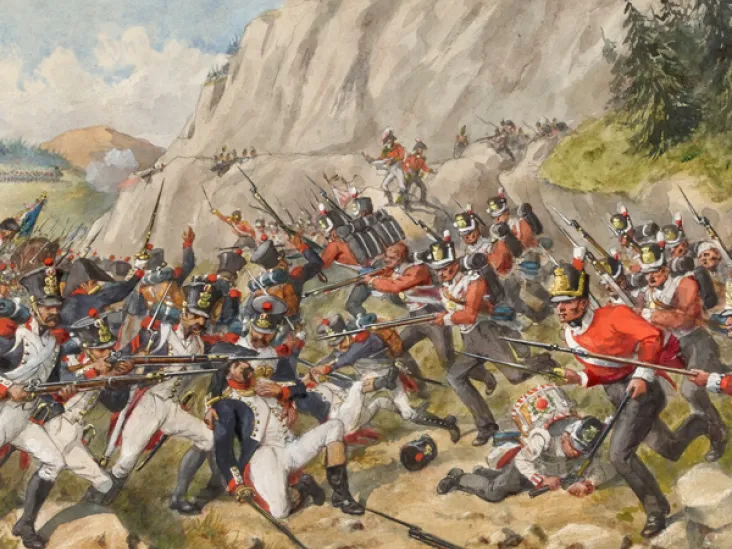
Peninsular War
explore this story

Capturing the Army
explore this story
Explore 1800s events
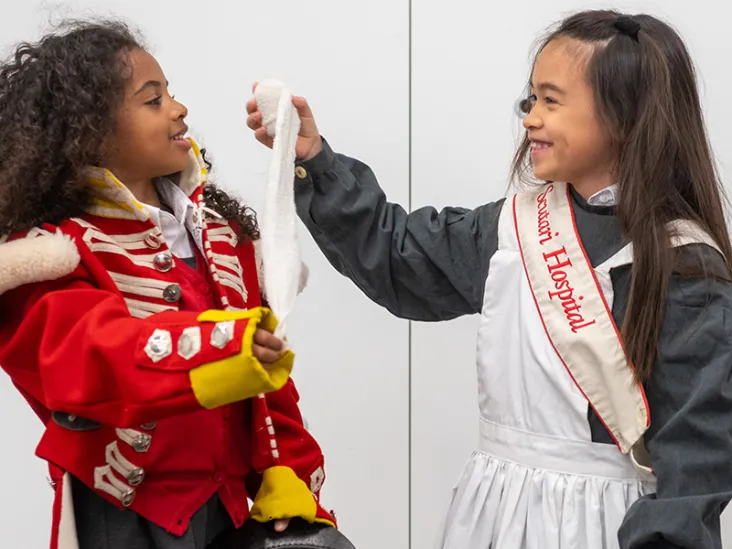
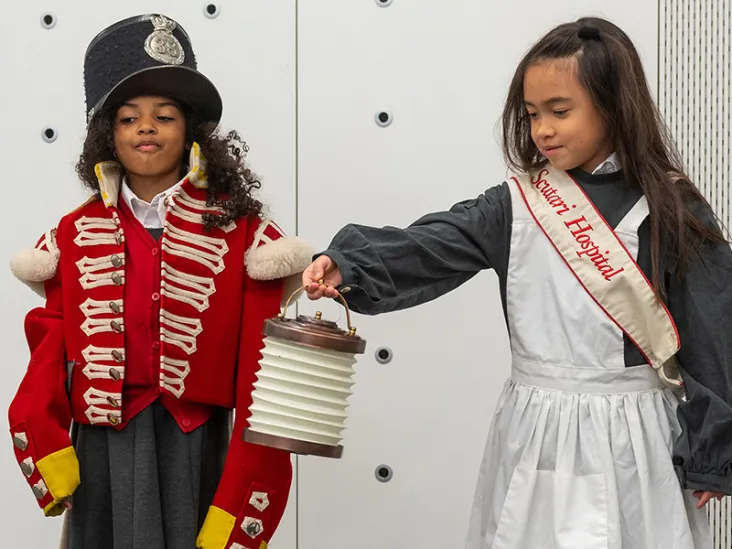
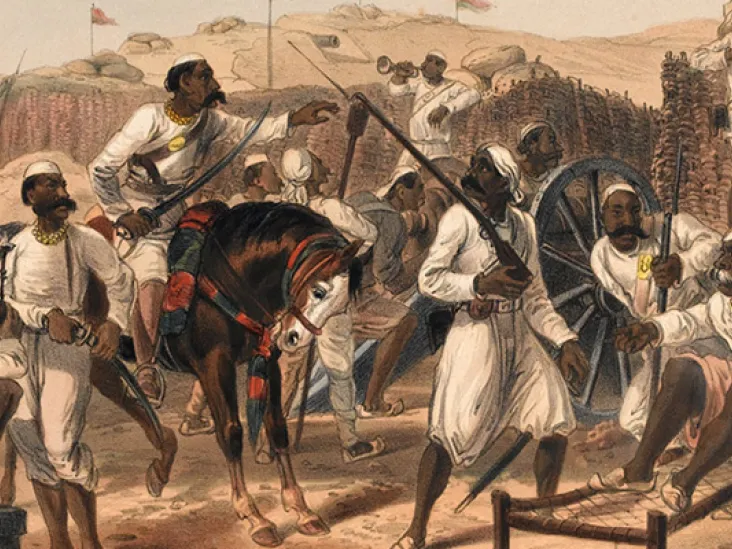
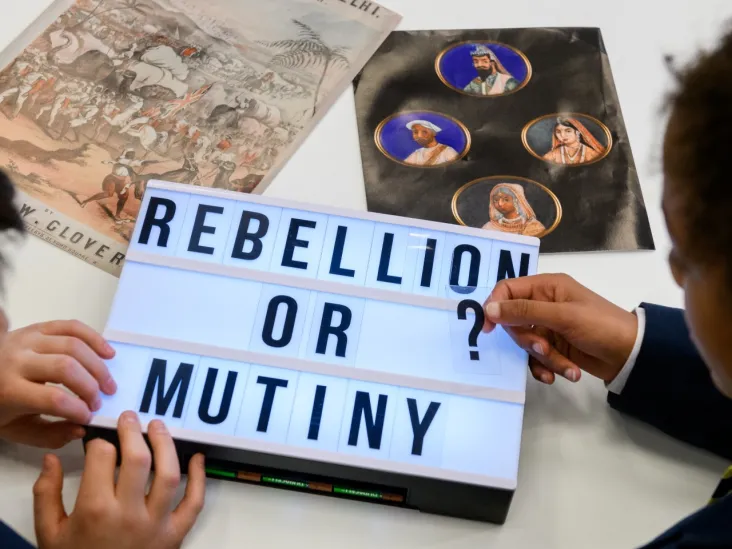

Explore 1800s learning resources
